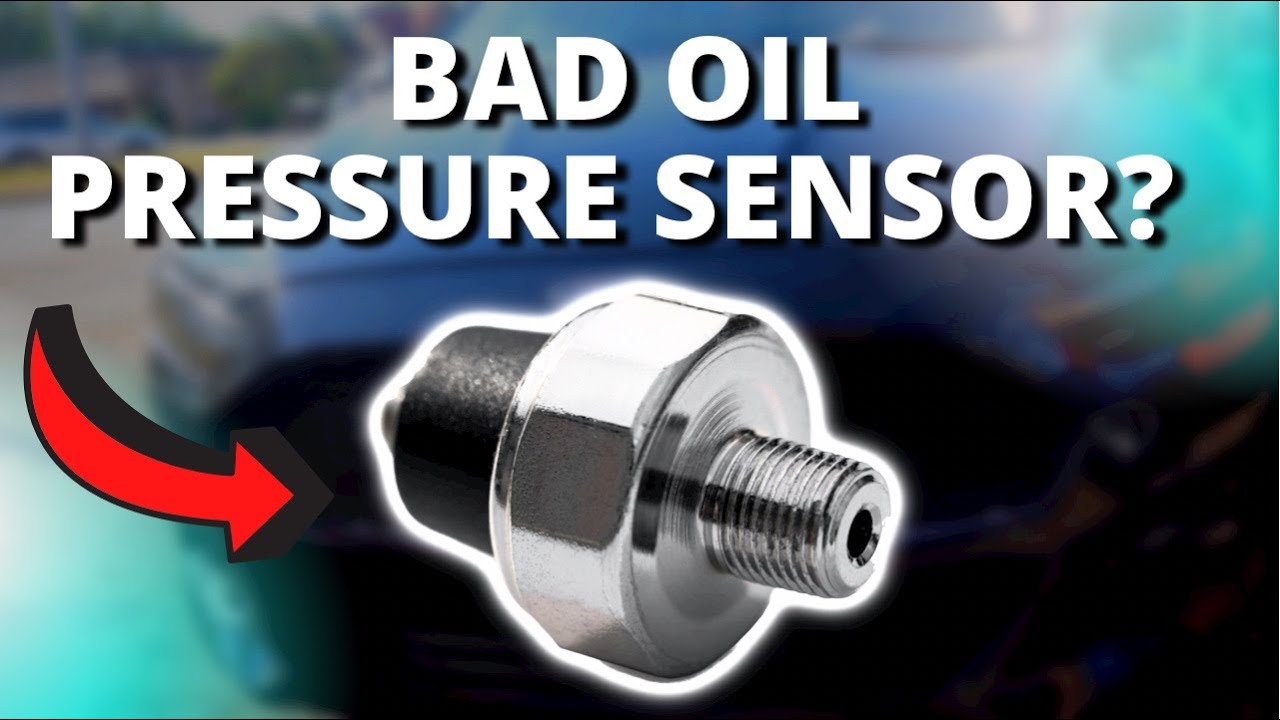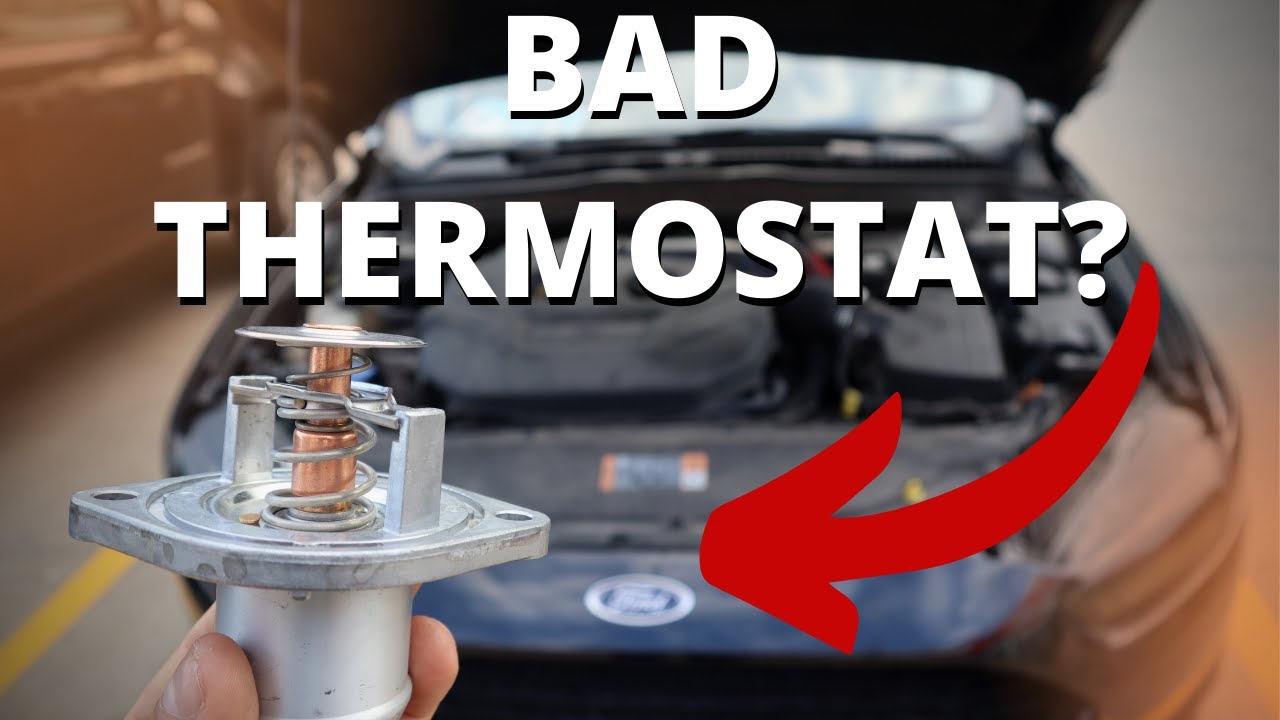Can a Bad Egr Valve Cause a P0420 Code
A bad EGR valve is unlikely to trigger a P0420 code. The P0420 code specifically indicates a problem with the catalytic converter’s efficiency.
Understanding vehicle error codes is crucial for maintaining a healthy car engine. The P0420 code signals that the car’s computer has detected an issue with the catalytic converter’s performance below the required efficiency threshold. This could stem from various issues like a malfunctioning oxygen sensor, exhaust leaks, or a failing catalytic converter itself.
The Exhaust Gas Recirculation (EGR) valve, on the other hand, primarily affects emission control by recirculating a portion of the exhaust gases back into the engine cylinders. While a faulty EGR valve can cause engine performance issues and trigger codes related to combustion and emissions, it does not typically result in a P0420 code. Mechanics use an OBD-II scanner to decipher the error and pinpoint the exact cause, ensuring precise repairs and maintenance for your vehicle.

Credit: m.youtube.com
Tracing The Culprit Behind P0420 Code
Tracing the Culprit Behind P0420 Code:
Imagine the ‘check engine’ light popping on your dashboard. The code reader flashes P0420, pointing to a problem in the catalyst system. But what part plays the villain in this scenario? Could it be a bad EGR valve? Let’s unravel this mystery.
Diving Into P0420: The Catalyst System Code
A P0420 error code suggests trouble with the catalytic converter’s performance. This crucial part helps reduce exhaust emissions. When it’s not working right, pollutants increase, triggering the code. Here’s a quick look at the main reasons:
- Faulty catalytic converter – Its core might be degraded.
- Oxygen sensor issues – Sensors provide wrong data.
- Exhaust leaks – These can mislead the system’s sensors.
Egr Valve Functionality And Influence
The EGR valve helps reduce nitrogen oxide emissions in the engine. It recirculates exhaust gases back into the combustion chamber. A bad valve may cause:
- Engine performance to drop.
- Fuel efficiency to go down.
- Incomplete combustion, leading to more pollution.
So, can a faulty EGR valve set off a P0420 code? Not directly. Though a bad EGR valve can lead to more emissions, the P0420 specifically flags issues with the catalytic converter. Yet, neglecting EGR valve problems might indirectly impact the converter over time. Keeping every part in check ensures a clean, green drive.
Credit: www.quora.com
Egr Valve And Emission Controls
Your vehicle’s performance relies heavily on its EGR valve. The EGR, or Exhaust Gas Recirculation valve, is crucial in reducing harmful emissions. It’s a critical component of your car’s emission control system, working to limit pollution and ensure your vehicle runs efficiently. But when something goes wrong with the EGR valve, you might encounter the dreaded P0420 code.
Basics Of Exhaust Gas Recirculation
The EGR system takes some of the exhaust gases and recirculates them back into the combustion chamber. This process lowers combustion temperatures and, as a result, reduces the formation of Nitrogen oxides, known as NOx gases, which are harmful pollutants.
- Reduces combustion temperature
- Lowers NOx emissions
- Improves engine efficiency
Egr Valve’s Role In Reducing Emissions
The EGR valve is like a gatekeeper in your car’s engine. It opens and closes to allow exhaust gases to re-enter the combustion chamber. This action not only helps with emissions but also protects the engine from damaging high temperatures.
| Function | Benefit |
|---|---|
| Controls flow of exhaust gases | Prevents knock and pinging |
| Maintains optimal fuel efficiency | Ensures optimal engine performance |
Interrelation: Egr Valve And Catalytic Converter
The EGR valve and the catalytic converter play crucial roles in a vehicle’s emission system. Together, they work to reduce pollutants released into the air. The EGR valve helps to lower nitrogen oxide levels. The catalytic converter breaks down harmful gases into safer components. But what happens when one malfunctions?
Impact Of A Faulty Egr On The Catalytic Converter
When the EGR valve is not working right, it can harm the catalytic converter. A bad EGR valve might cause too much fuel to burn. This can make the converter overheat and break down. Let’s delve deeper into how a broken EGR valve can trigger trouble.
- Excessive Heat: A faulty EGR can cause high temperatures in the catalytic converter.
- Poor Gas Mileage: Your car may use more fuel than normal, affecting efficiency.
- Increased Emissions: Broken EGR valves can increase harmful emissions released by the car.
A bad EGR valve not only causes issues in the catalytic converter but also affects overall vehicle health.
Assessing The Connection To P0420
The P0420 code is a red flag for your catalytic converter. It often means the converter is not as efficient as it should be. Could a bad EGR valve be to blame?
| Sign | Possible Cause | Related to P0420 |
|---|---|---|
| Service Engine Soon Light | Faulty EGR Valve | Yes |
| Rough Idling | EGR Valve not closing | Potentially |
| Poor Acceleration | EGR Valve stuck open | Possibly |
While a bad EGR valve may not directly cause the P0420 code, it can lead to conditions that might trigger this error. Proper diagnostics are crucial.

Credit: www.thenewx.org
Diagnosing Egr Valve Related Issues
When the dreaded P0420 code pops up, it’s natural to wonder if the EGR valve might be the culprit. The Exhaust Gas Recirculation (EGR) valve plays a key role in reducing emissions and improving engine efficiency. But when it fails, it can trigger a cascade of engine problems, potentially including the P0420 code. Understanding how to diagnose a malfunctioning EGR valve is vital for any car owner looking to maintain a healthy engine.
Detecting Signs Of A Bad Egr Valve
A bad EGR valve leaves clues. Below are signs that could point to a faulty valve:
- Engine performance issues like stalling and rough idling
- Poor fuel economy hints at an EGR valve not closing properly
- Smell of fuel when the valve fails to open
- The Check Engine light may illuminate as a direct sign of trouble
Diagnostic Steps For Confirming Egr Fault
Perform these steps to confirm an EGR valve issue:
- Start by visually inspecting the EGR valve for damage or wear
- Check for any vacuum leak around the valve area
- Use a handheld vacuum pump to test the EGR valve’s movement
- Scan for error codes with an OBD-II scanner
- Examine the valve’s passage for clogs or blockages
These steps provide a thorough method to pinpoint a faulty EGR valve. Addressing the issue swiftly can help prevent additional damage and return your vehicle to optimal running condition. Regular diagnosis and maintenance can save costly repairs down the line.
Addressing The P0420 Code
Your check engine light is like a cryptic puzzle. The P0420 code signals a specific piece of that puzzle relating to your car’s emissions system. It points to catalyst system efficiency below the threshold on Bank 1. Simply put, your car’s exhaust isn’t as clean as it should be. While an Exhaust Gas Recirculation (EGR) valve malfunction might contribute to emission troubles, it’s often not the chief culprit behind a P0420 code.
Troubleshooting Steps Beyond The Egr Valve
Digging deeper can uncover the real villain. Consider the following steps:
- Inspect O2 sensors for signs of wear or contamination.
- Examine the exhaust system for leaks that may skew sensor readings.
- Check for proper engine operation – misfires can affect catalyst efficiency.
- Use an OBD2 scanner to monitor live data and pinpoint irregularities.
When To Consider Catalyst Efficiency
If troubleshooting leads you down a winding road, a failing catalytic converter may be the destination. Consider catalyst efficiency:
- Understand the typical lifespan of a converter – replacements often come after 100,000 miles.
- Notice symptoms like reduced engine performance or fuel economy – catalysts can clog.
- Professional testing can verify if the converter meets emission standards.
Preventive Measures And Maintenance Tips
Keeping your vehicle running smoothly hinges on routine upkeep. A faulty EGR valve might trigger a P0420 code, pointing to catalytic converter issues. Simple steps exist to prevent these problems. Follow maintenance tips to safeguard your car’s performance.
Regular Egr Valve And System Checks
Consistent evaluation of the EGR (Exhaust Gas Recirculation) Valve is crucial. It minimizes emission and prevents P0420 codes, linked to catalytic converter efficiency. Stick to the schedule in your car’s manual.
- Inspect the valve for clogs or damage.
- Check connected hoses for leaks or wear.
- Clean or replace parts as needed to maintain flow.
Note: A clean EGR system helps avoid unnecessary stress on the catalytic converter.
Maintaining Catalytic Converter Health
The catalytic converter is vital for reducing emissions. Proper care ensures longevity and function. Neglect can lead to a P0420 code, signaling reduced efficiency.
- Use the recommended fuel to reduce residue.
- Regular exhaust system inspections catch issues early.
- Avoid short trips that prevent the converter from reaching optimal operating temperature.
Prevent costly repairs and extend the life of your catalytic converter. Adhere to these tips for a cleaner, smoother running engine.
Frequently Asked Questions Of Can A Bad Egr Valve Cause A P0420 Code
Can A Faulty Egr Valve Trigger A P0420 Code?
A malfunctioning EGR (Exhaust Gas Recirculation) valve typically doesn’t directly cause a P0420 code. The P0420 code suggests issues with the catalytic converter’s efficiency, which might be indirectly affected by a faulty EGR valve over time due to improper exhaust gas recirculation.
What Automotive Problems Cause A P0420 Code?
Common causes of a P0420 code include a faulty catalytic converter, oxygen sensor problems, exhaust leaks, or fuel mixture issues. These result in the vehicle’s catalytic converter not operating at optimum efficiency.
How Does An Egr Valve Affect Engine Performance?
A properly functioning EGR valve helps reduce nitrogen oxide emissions and prevents knock by recirculating a portion of the exhaust gases back into the engine’s intake. A bad EGR valve can lead to performance issues such as rough idling or hesitation during acceleration.
How Can I Diagnose A P0420 Code Effectively?
To diagnose a P0420 code, check the catalytic converter, oxygen sensors, and exhaust system for damage or malfunction. A professional diagnostic tool can help confirm the source of the issue by analyzing exhaust gases and sensor data.
Conclusion
Wrapping up, a faulty EGR valve can indeed trigger the P0420 code, pointing to a catalyst system’s inefficiency. This alerts car owners to potential emissions issues that need prompt attention. Timely repairs ensure better vehicle health and compliance with emission standards, keeping check-engine lights off and driving experiences smooth.





